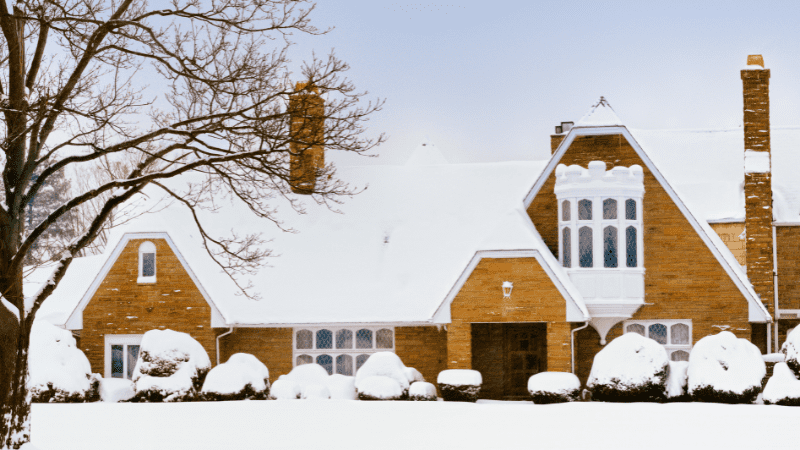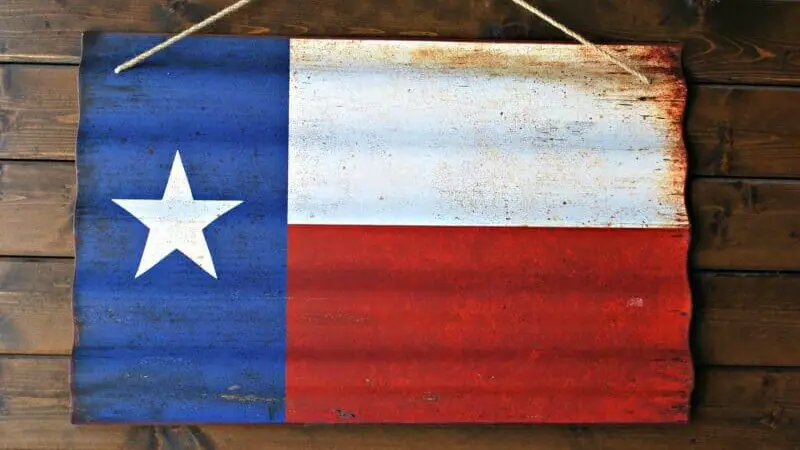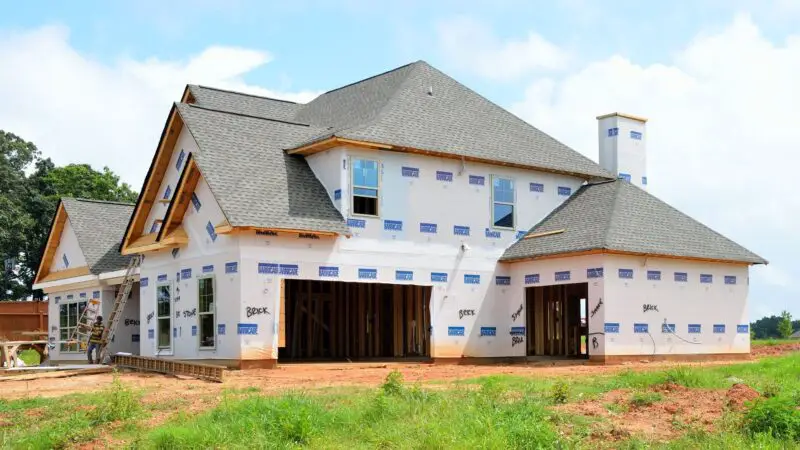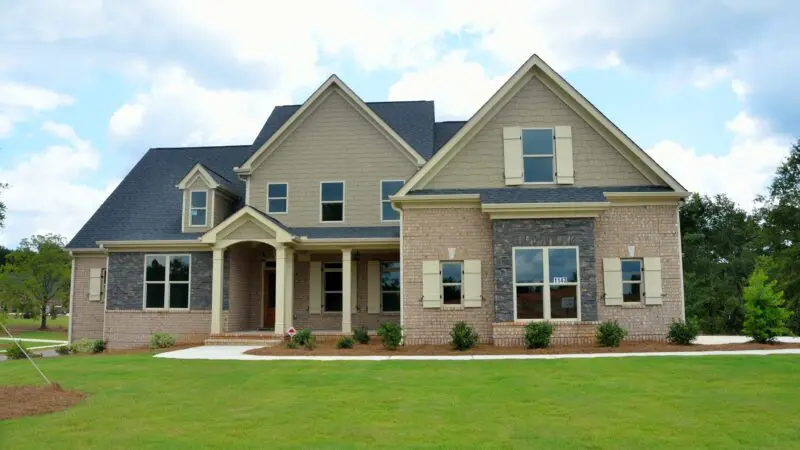Texas weather is full of surprises, so homes in Texas must be built to withstand extremes, including cold weather.
Texas homes are built for cold weather. When properly designed and constructed, a Texas home is not only capable of withstanding the harsh winters of the north, but it can also accommodate the elements for extended periods.
To help answer the many questions that arise when considering this option, we’ve compiled the facts you need to know about Texas homes built for cold weather.
What Materials Make a Texas Home Withstand Cold Weather
The key to building a Texas home that withstands the elements is to design it with the right materials and construction.
If you’re building a more winter-oriented home, you’ll want to make sure that the design is flexible and capable of withstanding the elements of various weather conditions.
The following building materials are just a few that you need to pay attention to in order to make sure they’re geared toward cold weather for your Texas home:
- Insulation
- Paint
- Interior wall materials
- Exterior siding materials
If you’re building a more summer-oriented home, you may opt for a sturdier construction that can stand a greater amount of bending, twisting, and torsion without giving in to the elements.
Does a Texas Home Have to Be Built for Cold Weather?
While some home designs are better suited to cold weather than others, it is important to remember that almost all homes can be modified to withstand the elements.
Yes, a Texas home should be built for cold weather in most parts of Texas. In general, there are two types of homes that are best suited to cold weather. Both bungalows and cottages are homes that work well for cold weather in Texas.
While both home styles can be modified to stand strong in cold and snowy weather, the former is best suited to the North American winter while the latter is ideal for Southern heat and humidity.
If so, What Can Be Done to Make It More Resistant to Extreme Temperatures?
Cold weather impacts every aspect of a home’s design, construction, and materials. Furthermore, how a home is built can make a difference in how well it withstands the elements.
The most prevalent method used to strengthen a home against the cold is insulation. Insulation can keep the home’s temperature down by keeping the warmest, most moisture-laden parts of the house at a distance from the coldest, driest parts of the house.
Advantages of Building a Texas Home for Cold Weather
Despite being one of the most common types of homes in the country, it is important to understand the advantages of building a Texas home for cold weather.
The following are some of the main advantages of building a Texas home for cold weather:
- Cold Weather Resistant Home
- Energy Efficient
- Longer Life
Cold Weather Resistant Home
One of the most significant advantages of building a Texas home for cold weather is its protection against the elements. Even though doors and windows should be kept closed as much as possible during the coldest months, a well-insulated home can prevent a large portion of the cold air from reaching the ground floor.
Energy Efficient
Another significant advantage of building a Texas home for cold weather is that it can use less energy than a summer home. This is largely because most insulation properties slow the flow of cold air, allowing warm air to flow faster than cold air.
Longer Life
Last but not least, the longevity of a house is also connected with the quality of its materials. A well-constructed home made of quality materials will keep its integrity for a longer period of time. In addition, a well-constructed home will be able to stand more dings, kicks, and shoves without wearing away.
How to Build a Texas Home That Withstands the Elements?
In Texas, the weather is a serious concern. A home needs to consider the cold and the high winds, storms, and hail that plague the landscape.
Here are a few ways to reinforce your Texas home to withstand the colder elements:
- Reinforced concrete
- Brick exterior
- Block homes
Depending on your design, a Texas home for cold weather can be built with a number of different construction methods.
- Reinforced Concrete Home: One of the most common types of homes built in the United States, reinforced concrete is able to withstand the elements. However, it is not the most energy-efficient construction method, and it should be used with caution in cold weather areas.
- Brick Home: Another common type of home, brick is not as energy efficient as reinforced concrete, but it is able to withstand the elements better than other conventional construction methods.
- Block Home: While not common, block construction is able to stand up to the elements better than other conventional construction methods.
Wrapping Up: Is a Texas Home Built for Cold Weather?
The truth is that no one type of house is built to withstand the elements. Every home is unique and will require a unique construction to withstand the weather in a particular location.
The types of homes that can withstand the cold depending on the local conditions as well as the design of the home. For example, a bungalow design can withstand the cold better than a mansion due to its humble origins.
Ultimately, the key to building a Texas home that withstands the elements is to ensure that the design is flexible and capable of withstanding the elements for a variety of weather conditions.





